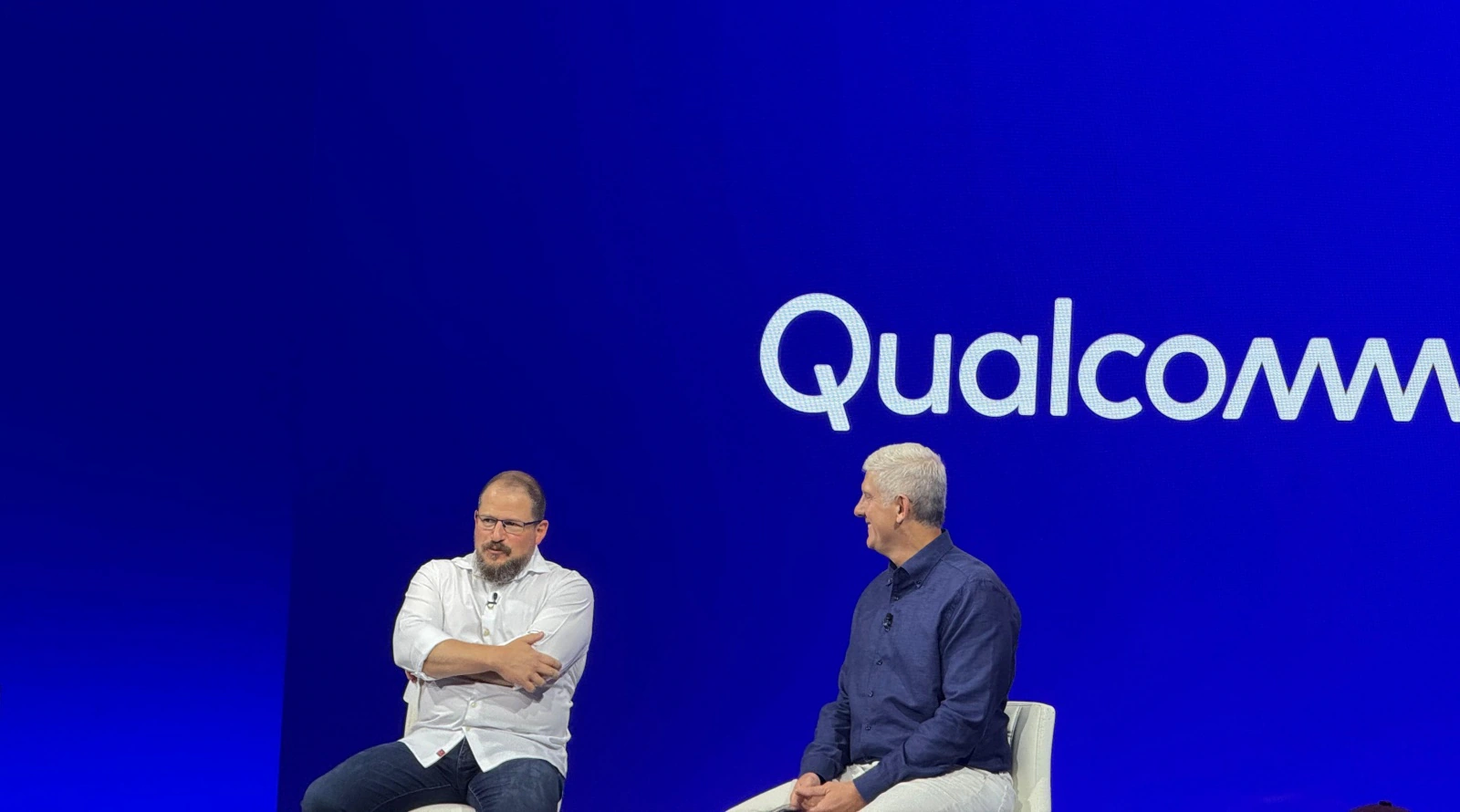
Google teases Android-ChromeOS Merger, signalling big push into the PC market
How did your country report this? Share your view in the comments.
Diverging Reports Breakdown
Google teases Android-ChromeOS Merger, signalling big push into the PC market
Google on Wednesday teased its plans to merge Android and ChromeOS. Qualcomm CEO Cristiano Amon quickly chimed in, saying he has seen a version of the software. Google has been trying to make a comeback in the personal computer market for quite some time. Despite all attempts, ChromeOS accounts for just 7.3 per cent of the overall PC market, with Windows holding the lion’s share at 79.8 per cent.. Qualcomm has been betting on diversifying its revenue stream by entering the personal computers market. Its Snapdragon processors, known bringing efficiency and long battery life, are currently designed for PCs running Microsoft’s Windows operating system. The company has steadily added features to Android that cater to larger displays, such as external display support and resizable windows.
During a fireside chat at the Snapdragon Summit in Maui, Hawaii, Google’s Rick Osterloh confirmed that the company has been working to merge the Android operating system with ChromeOS, ending months of rumors surrounding the planned merger. Qualcomm CEO Cristiano Amon quickly chimed in, saying he has seen a version of the software and that he “can’t wait to have one.”
“We have always had very different systems between what we are building for PCs and what we are building for smartphones. Now, we have embarked on a project to bring those together,” said Osterloh during the Snapdragon Summit opening keynote. “We are working on a common technical foundation for our products across PCs and desktop computing systems.”
Story continues below this ad
Osterloh went on to discuss Google’s plans to bring Gemini and the full Android AI stack to PCs.
“This is another way we can leverage all of the great work we’re doing together on our AI stack, our full stack, bringing Gemini models, bringing the assistant, bringing all of our applications and developer community into the PC domain,” Osterloh said. “And I think this is another way in which Android is going to be able to serve everyone in every computing category.”
To that, Qualcomm CEO Cristiano Amon again teased what’s in store, without revealing much: “I have seen it. It’s incredible. I think it delivers on the vision of convergence between mobile and PC.”
Google has been trying to make a comeback in the personal computer market for quite some time. Over the years, it has made multiple attempts to gain traction with ChromeOS, but has been unable to deliver a true alternative to Microsoft’s Windows and Apple’s macOS.
Story continues below this ad
ChromeOS began as an experiment, bringing simplicity, speed, and security to entry-level computers. In fact, Google has traditionally kept its phone and tablet operating systems separate from its laptop platform. However, the company has revised its PC strategy several times – the biggest shift being the introduction of Android apps to Chromebooks back in 2016. Still, Android and ChromeOS have always coexisted as separate platforms.
That said, Google has been laying the groundwork for an Android-ChromeOS merger for years. The company has steadily added features to Android that cater to larger displays, such as external display support, resizable windows, and desktop mode.
Despite all attempts, ChromeOS accounts for just 7.3 per cent of the overall PC market, with Windows holding the lion’s share at 79.8 per cent of new PCs, according to IDC.
For Qualcomm, Google’s aggressive comeback in the PC market could provide a boost as the San Diego-based company looks to expand its semiconductor business to more devices. Qualcomm has been betting on diversifying its revenue stream by entering the personal computer market, moving beyond just mobile chipsets. Its Snapdragon processors, known bringing efficiency and long battery life, are currently designed for PCs running Microsoft’s Windows operating system.
Story continues below this ad
The writer is attending the Snapdragon Summit in Maui, Hawaii.
